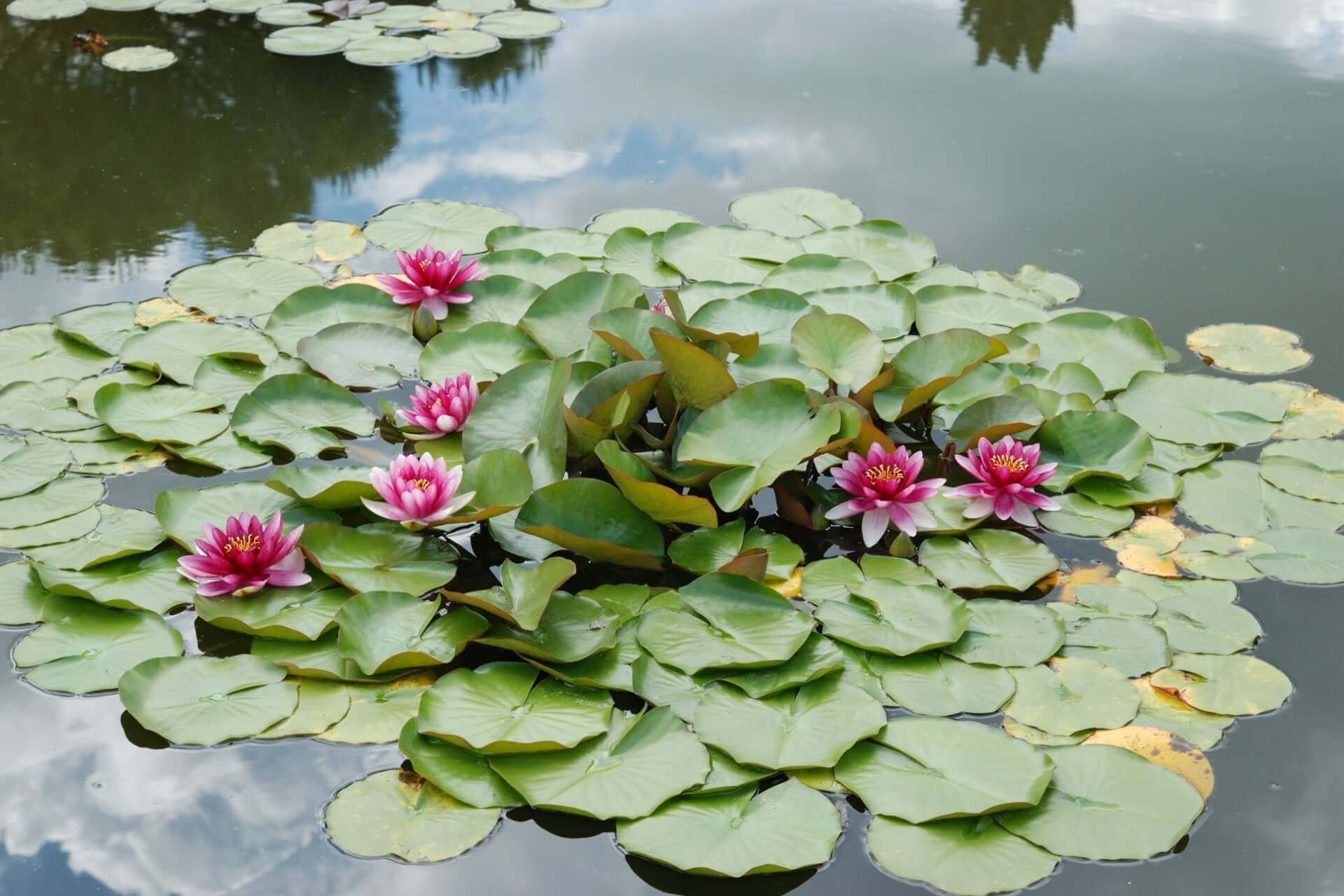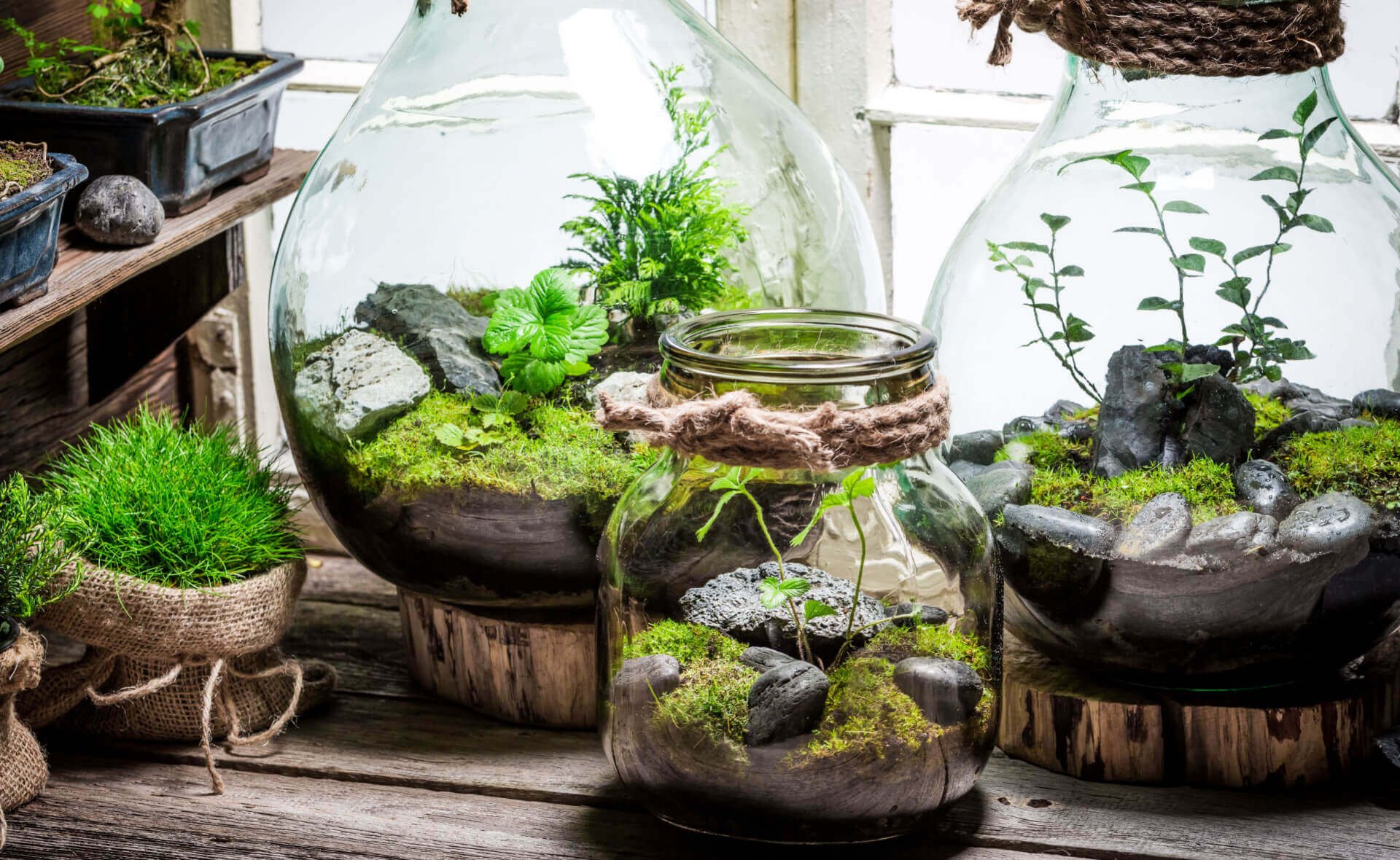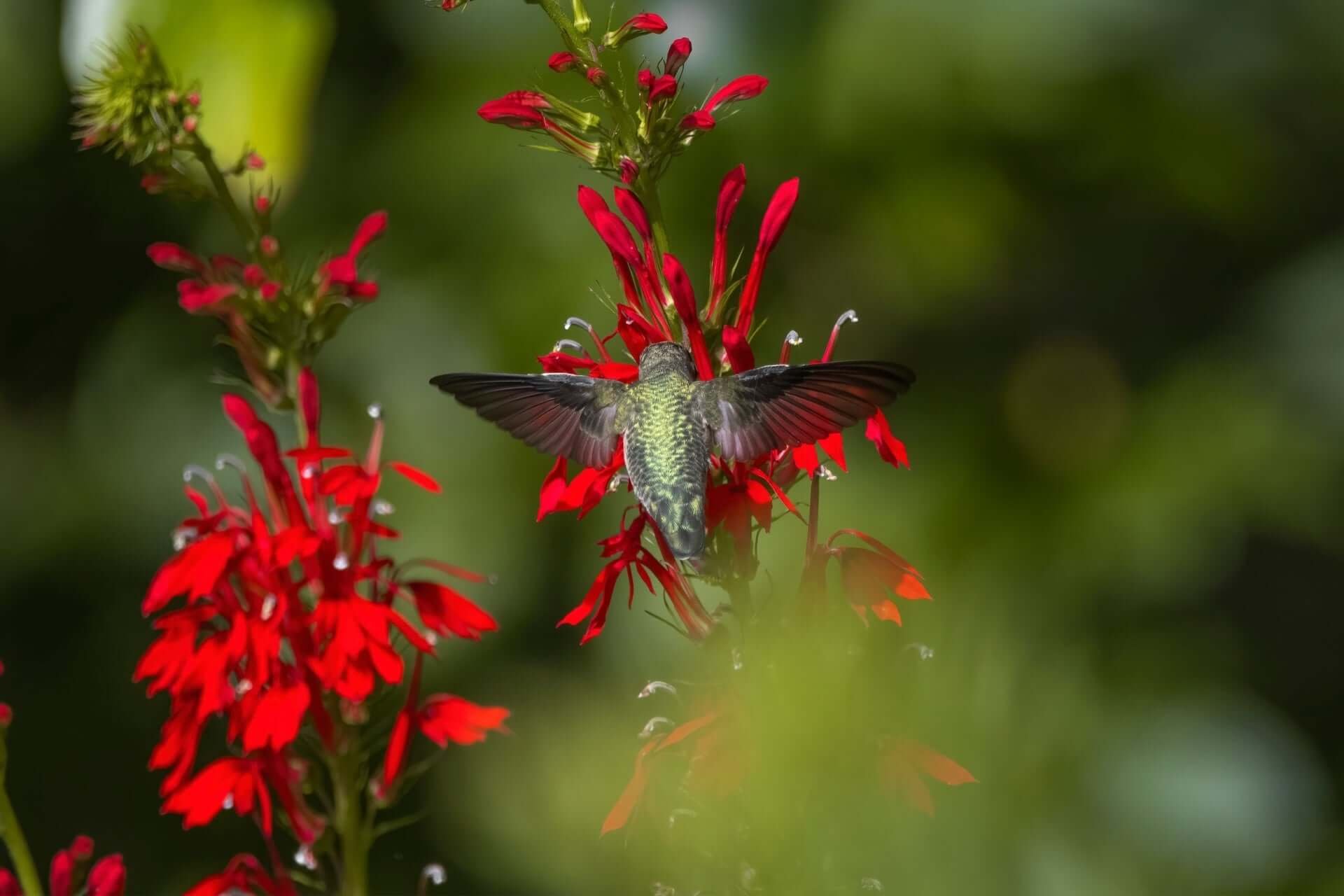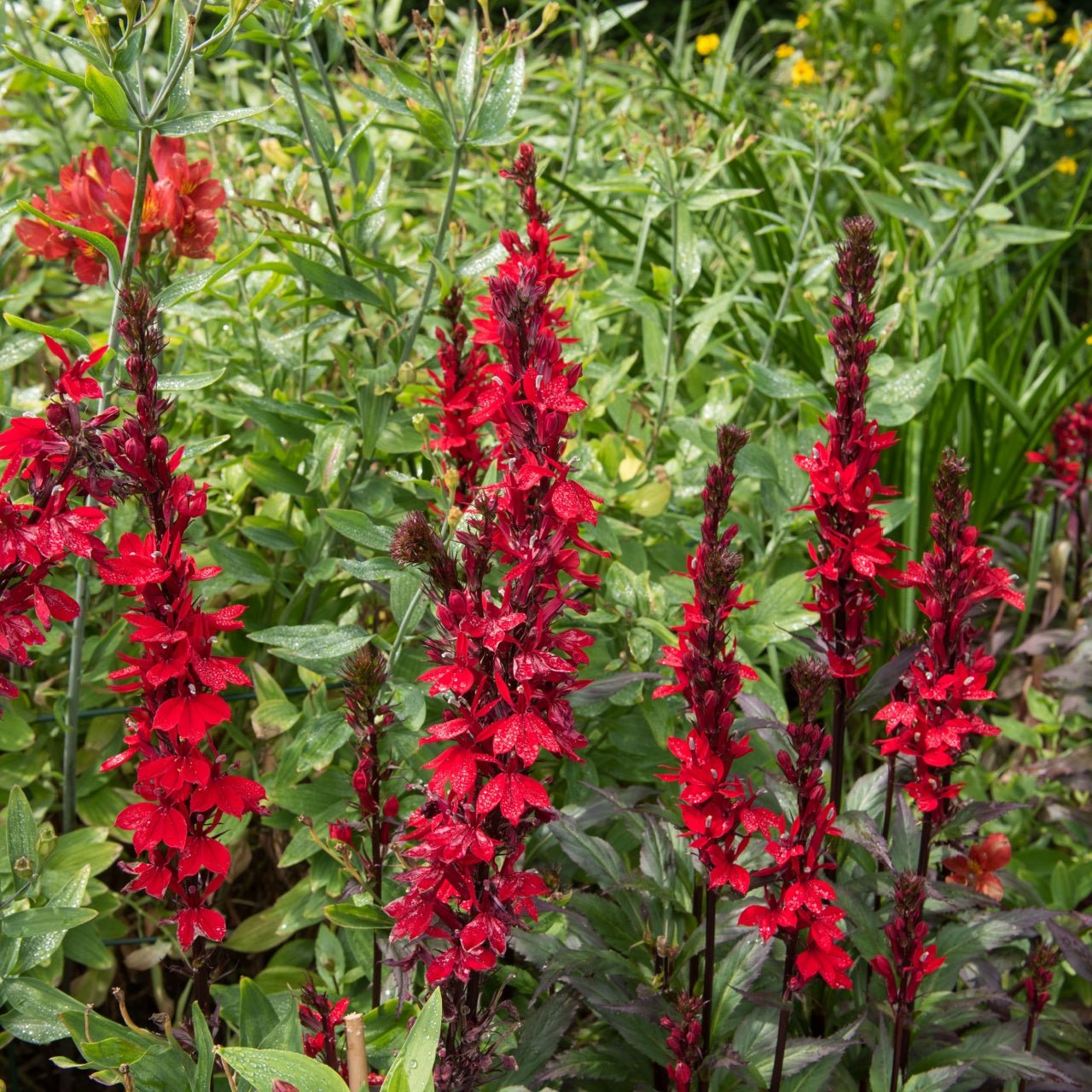The cardinal flower is a native North American perennial that commands attention with its brilliant red blooms. As you plan your garden, consider the cardinal flower, which can add a stunning splash of color while supporting local wildlife. Understanding the best time to plant, how it grows, and how it fits into your landscape is essential to ensuring this spectacular plant thrives.
When should cardinal flowers be planted?
Planting cardinal flowers at the right time ensures they settle well into the soil and develop a robust root system. Early spring is the ideal time to plant them, just after the last frost when the ground begins to warm up. This lets it focus on root growth before the heat of summer arrives. However, if you miss the early spring window, you can still plant them in early fall. This gives them another chance to establish roots before the winter dormancy, and by the following spring, they will be ready to emerge with vigor.

If you're starting from seed, cardinal flowers need more attention. The seeds need a cold stratification period, meaning they need exposure to freezing temperatures to trigger germination. In nature, this happens during the winter, but if you're growing them indoors, you'll want to simulate these conditions by placing the seeds in the fridge for a few weeks before planting. Once they are ready, plant them shallowly in a moist soil mix, and be patient, as the seeds take about five weeks to germinate. The payoff is well worth the wait, as they will reward you with gorgeous scarlet spikes of flowers in late summer.
Do cardinal flowers come back every year?
Cardinal flowers are perennials, meaning they come back year after year. They die back to the ground in winter, but as spring returns, they send up fresh shoots and begin their cycle anew. One of the appealing features of Lobelia cardinalis is that it's a short-lived perennial. While some individual plants may only live a few years, they often reseed themselves, ensuring the population in your garden remains robust. This means that even though a particular plant may not return, new ones will sprout to take its place, creating a natural ebb and flow in your garden's design.

To encourage the best performance from your cardinal flowers, it's helpful to mulch around the base of the plants in late fall. This will protect the roots from winter's cold, giving them a better chance of returning strongly in spring. Additionally, cutting back the spent flower stalks in fall allows the plant to conserve energy, directing it to root development and winter survival.
Where is the best place to plant cardinal flowers?
Choosing the right location for your cardinal flowers ensures they thrive year after year. These plants are naturally found along stream banks, wetlands, and moist woodland areas, so they prefer consistently moist soil. Full sun to partial shade is ideal, depending on your climate.
If you plan to incorporate cardinal flowers into a rain garden or plant them along the edges of a pond, you're in luck. They thrive in these settings due to the consistent moisture they provide. Clean them regularly in a traditional garden bed, especially during dry spells, to mimic their natural conditions.

It's important to note that while cardinal flowers can tolerate moist soil, they don't like standing water for extended periods. Proper drainage, paired with regular watering, is the key to success. They can reach heights of up to four feet, especially in ideal conditions.
Does Lobelia cardinalis spread?
Lobelia cardinalis spreads beautifully, making it a dynamic addition to any garden. While it doesn't spread aggressively like other perennials, it will gradually expand through reseeding and offshoots. As the flower spikes die in late summer and early fall, they release seeds that fall and germinate the following spring. This natural reseeding process allows the cardinal flower to remain in your garden without taking over.
Additionally, Lobelia cardinalis can spread by creating new offsets, or basal rosettes, at the base of the plant. These offshoots can eventually grow into mature plants, subtly filling in gaps and creating a fuller, more natural look. If you wish to manage its spread, you can easily dig up the new rosettes and relocate them to other areas of the garden or share them with fellow gardeners. On the flip side, if you want to encourage more robust growth, leaving the plant to self-seed will create a beautiful colony of cardinal flowers over time.

Whether you're looking to attract pollinators, add bold visual interest, or enjoy the beauty of native plants, Lobelia cardinalis is an excellent choice. By planting it in the right spot, giving it the moisture it craves, and allowing it to spread naturally, you'll enjoy this fiery red bloom for years to come.
Read more

Water lilies return yearly, but only if they are hardy types planted in suitable climates. Hardy water lilies are perennial, meaning they can withstand cold temperatures and go dormant during the w...

These charming glass gardens allow you to bring a piece of the natural world into your home while requiring minimal upkeep.



